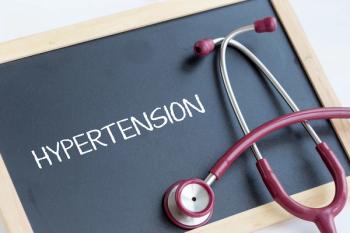
Dr Stephen Voyce Details Innovations and Preventive Strategies in Detection of Atrial Fibrillation
Detecting more cases of atrial fibrillation, and at an earlier rate, is key to preventing adverse patient outcomes, said Stephen Voyce, MD, cardiologist and chief of cardiology at Geisinger Community Medical Center for the Geisinger Heart Institute and director of clinical cardiology research.
Detecting more cases of atrial fibrillation, and at an earlier rate, is key to preventing adverse patient outcomes, said Stephen Voyce, MD, cardiologist and chief of cardiology at Geisinger Community Medical Center for the Geisinger Heart Institute and director of clinical cardiology research.
Transcript
How do physicians interpret short-term EKG trace data, and are their approaches efficient in promoting quality care?
Short term data is the 1-time EKG, which is a very short period of time—that may or may not uncover atrial fibrillation if its paroxysmal or intermittent. More recent technologies allow us to monitor patients’ EKG rhythms over a longer period of time. With that, we’re finding more of the atrial fib [fibrillation] that we believe is out there.
How vital are increased preventive measures for atrial fibrillation and what innovations are assisting in accurately detecting patients at risk?
It's really important because the risk with atrial fibrillation is the development of a stroke or heart failure—stroke being the thing that patients maybe fear the most. So, to be able to identify patients with a study like this, so we can target our treatments and strategies–who do we look for? Who do we put these two devices on? Who's best served by that? Then finding those individuals at risk and treating the risk factors–hypertension, obesity, etc, in an effort to try and prevent the atrial fibrillation, as well as, finding it early as possible so the treatments that are effective–anticoagulation to prevent the stroke–can be instituted at an earlier time frame.
Newsletter
Stay ahead of policy, cost, and value—subscribe to AJMC for expert insights at the intersection of clinical care and health economics.














































